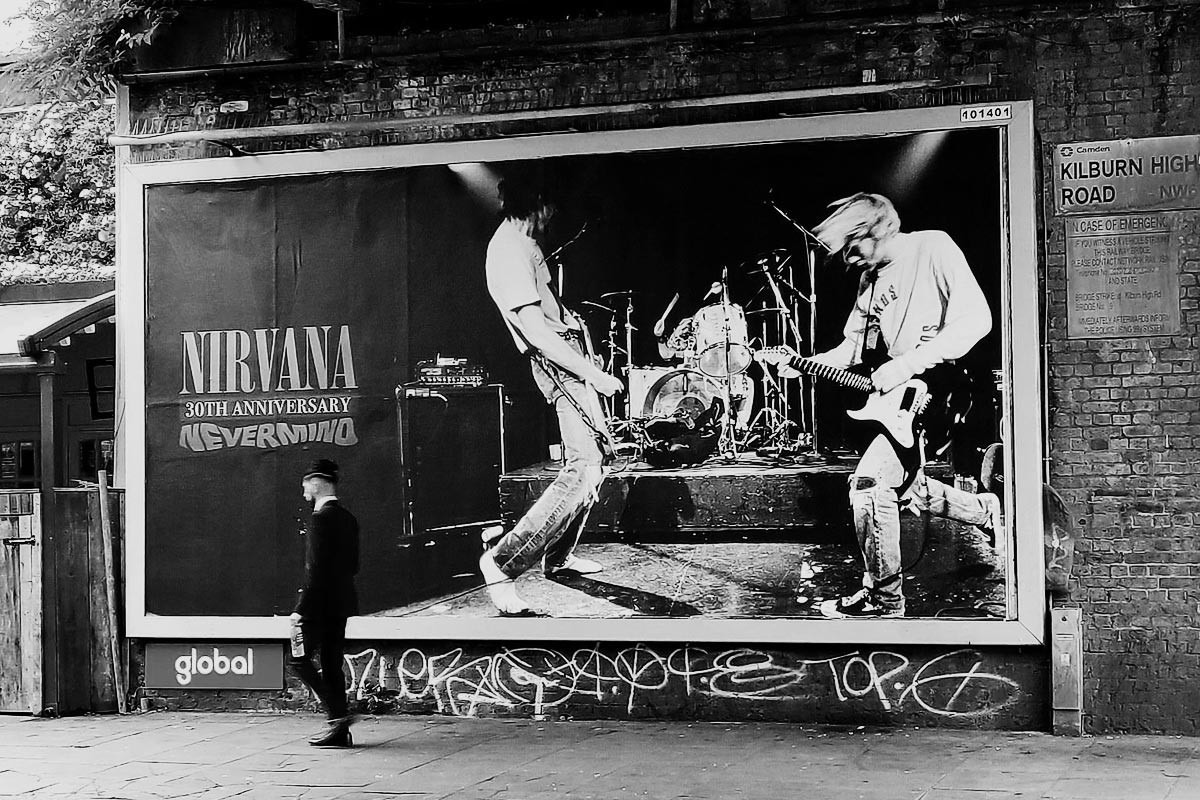The Musical History of the Music Mile: Kilburn
Delve into the musical history of our London home to the present day...
Kilburn is the home of ICMP, part of London where you will find our two campuses and close-knit music community forging their futures.
Kilburn High Road, the main street that cuts through Kilburn and into central London, was previously known as the 'Musical Mile', an honour bestowed upon it due to the large number of pubs and live music venues it hosted.
Although other areas of the city such as Camden and Soho are synonymous with music and creativity, we believe ICMP is playing its part in continuing this tradition and propelling it forward.
Today, Kilburn High Road is still a hectic thoroughfare full of life, hustle and bustle. Many venues have come and gone but the musical legacy burns brightly."
Here, we'll delve into Kilburn's history, some of the most notable moments and how the Kilburn High Road continues to be full of music today.
The Musical Mile's roots
The influence of the area on London musicians is most obvious in the name of music icon Ian Dury's first band, Kilburn and the High Roads, who released one studio album, 'Handsome', in 1975 before splitting.
The road received its tag due to the volume of Irish and country music venues, dance halls and pubs lined along it.
This is largely down to the burgeoning Irish population that called it home. Many of these spaces have come and gone over the years with some notable and special places that the community has loved and lost.
Here are some of the memorable artists, performances and venues from its history…
1958 | Jerry Lee Lewis
In 1958, Jerry Lee Lewis arrived in London's Heathrow Airport to start his first ever tour in the UK.
On the first night of his six-week jaunt, he performed at the Regal in Edmonton before taking to the stage at the Kilburn State.
Although the gig was reportedly sold out, the audience was excited as much by his performance (including 'Great Balls of Fire') as the controversy surrounding the star and his marriage to his then 13 year-old wife, Myra Gale Brown.
The tour was cancelled after only a few dates due to the huge outrage surrounding the artist.
Jerry Lee Lewis' above performance is a medley of 'Great Balls Of Fire', 'What'd I Say' and 'Whole Lotta Shakin' Goin' On' on The Ed Sullivan Show in 1969.
The State
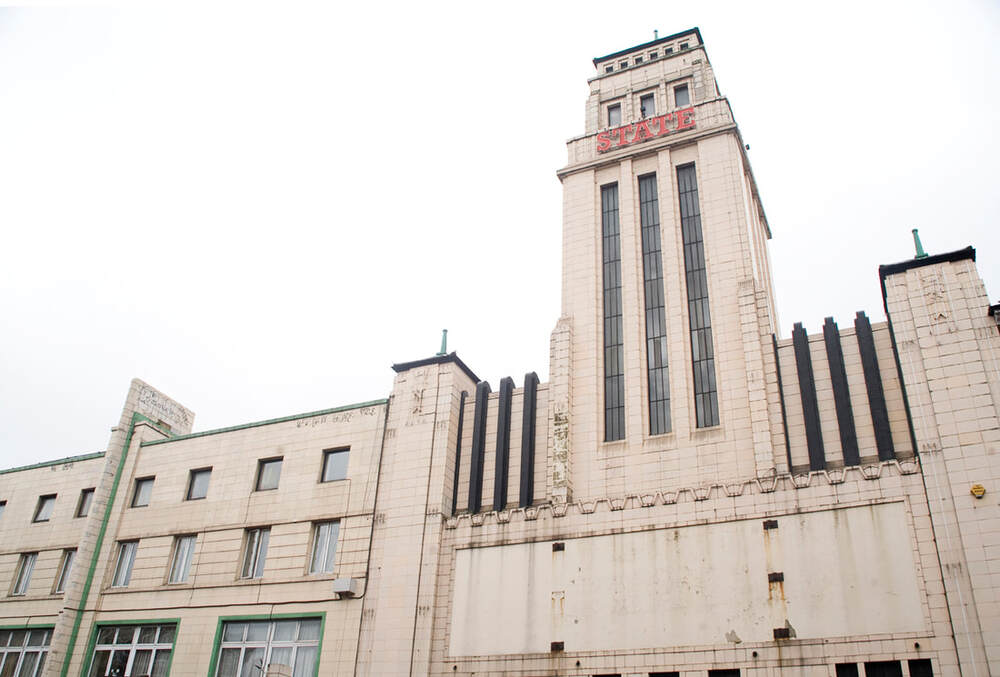
The State was the location of the gig with Jerry Lee Lewis and has welcomed many of pop music's biggest stars in its lifetime.
Originally opened in 1937, it was one of Europe's biggest spaces, able to house 4,000 people. Entertainers Gracie Fields, Larry Adler and George Formby are believed to have performed at the official opening broadcast. The venue went on to host gigs an array of artists ranging from David Bowie to Theolonius Monk and the Beatles.
The Who even recorded a live performance in 1977 which was subsequently released in 2008.
The building was closed as a music venue in 1990 and has since been used as a bingo hall, now the Ruach Ministries Church.
1964 | The Beatles

The Art Deco building above was named after the Empire State in New York, supposedly bringing the American magic of popular entertainment to the area.
It was to the Kilburn State - the live venue closest to the EMI recording studios at Abbey Road - that the Beatles came for their evening performance on 9th April 1963.
The band's second gig at Kilburn State was on 23rd October 1964, the 12th concert in their 1964 tour.
1960s | Dusty Springfield
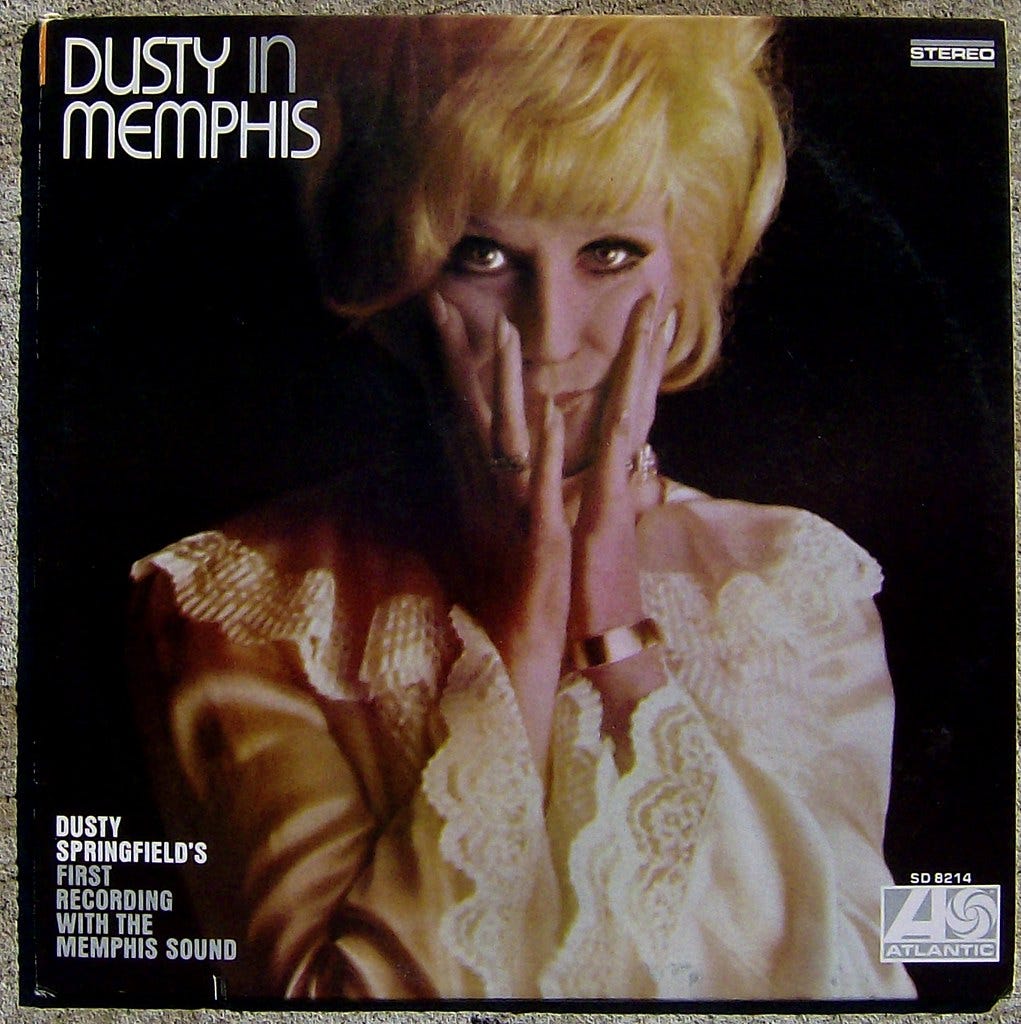
Dusty Springfield is considered by many people to be one of the UK's best soul singers. Real name Mary Isabel Catherine Bernadette O’Brien, she was born at 87 Fordwych Road near Kilburn station in April 1939.
After leaving school in 1958, Dusty answered an advert for a female singing trio called the Lana Sisters, then joined her elder brother Dion (who became Tom), and Reshad Field, to form The Springfields a few years later. It was in 1963 when her solo adventures began with her track 'I Only Want to Be with You' hitting number four in the charts.
She went on to enjoy further success and was eventually awarded an OBE in 1998. Her most famous songs include 'The Look of Love' featured in the Jame Bond film 'Casino Royale' and 'Son of a Preacher Man' from 1969.
Other famous musical locals have included Billy Idol, Joan Armatrading, Lulu, Bob Marley, Johnny Kidd, Joe Strummer, Dudley Moore, Screaming Lord Sutch and Brian Epstein.
1972 | Bob Marley
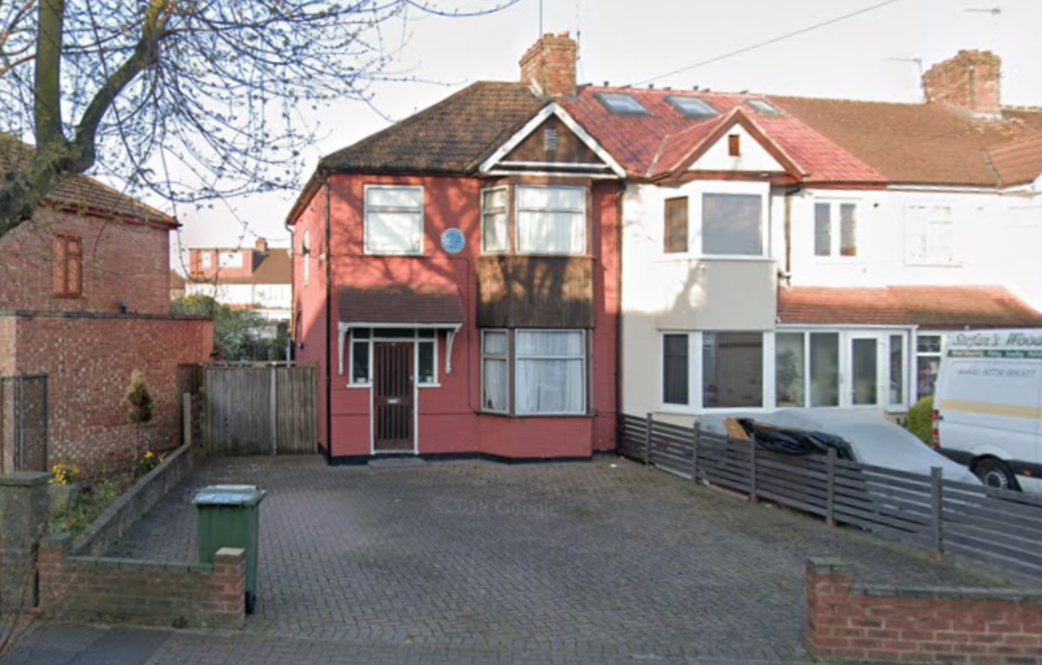
In 1972, Bob Marley and the Wailers, already established in Jamaica but unknown elsewhere, moved into a small house in the area as they began their mission to bring their music to a wider audience.
Bob and the Wailers found a new home in Neasden, moments away from the North Circular. A plaque commemorating their residence at this semi was unveiled in 2012 by Professor Gus John.
Bob's son, Julian also attended the ceremony.
Island Records
From March 1963 to 1967 Island Records had their office at 108 Cambridge Road, a building that has since been demolished as part of South Kilburn's redevelopment plan.
Originally a barber's shop, Island's founder Chris Blackwell converted the premises into offices managed by David Betteridge, who was later made a director of Island.
In 1962, the basement store at 108 had been a recording studio set up by Sonny Roberts of Planetone Records. Blackwell introduced additional labels such as Black Swan, Jump Up, Aladdin, Surprise, Sue Records and Trojan which was run by Lee Gopthal.
Trojan Records was also based in nearby Neasden Lane, Willseden.
1986 | The Smiths
The Smiths were one of the UK's most loved guitar bands of the eighties and blessed Kilburn with a performance at the Kilburn National Ballroom in support of their album, 'The Queen is Dead'.
This was recorded by BBC Radio 1 for In Concert in 1986.
1991 | Nirvana
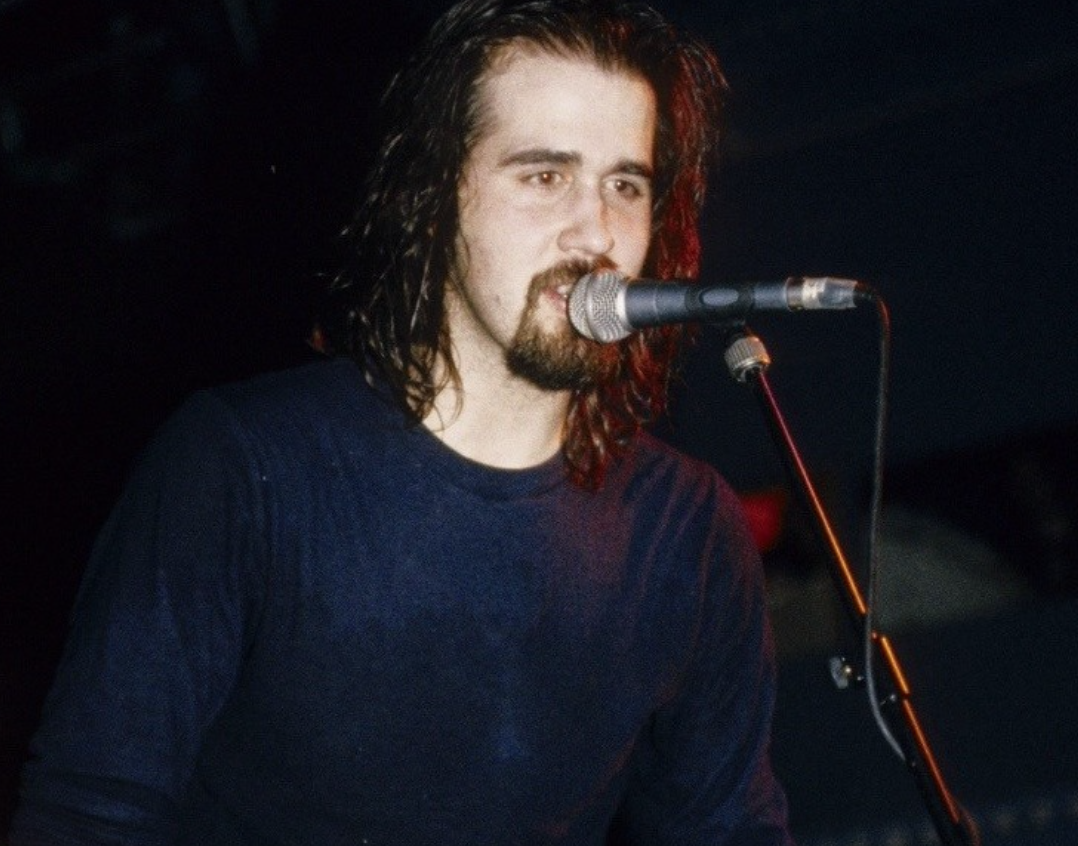
Kurt Cobain's iconic grunge band are notable for their amazing rock music and the indelible mark they left on guitar music.
Although frontman Kurt tragically took his own life in April 1994, he released three classic records that still influence today's guitar bands.
Back in 1991, Nirvana took to the stage at the Kilburn National Ballroom as part of a tour to promote their record, 'Nevermind'.
The National

This venue was built in 1914 and initially used as a cinema and ballroom before becoming a live music venue.
It was during the eighties and nineties where it saw many of its most high-profile shows, with bands including Suede, Nirvana, The Smiths and Blur all taking to its stage.
Since then, it's been taken over by the the Victory Christian Centre and is now used by another religious movement, the UCKG.
Vince Power

The legendary music promoter, who sadly passed away earlier in 2024, moved to Kilburn during the sixties and is credited with shaping UK live music with his venues and festivals.
He was one of many Irish people who sought employment in London and started out in promotion ventures by opening the Mean Fiddler venue in nearby Harlesden.
The venue went on to host many of the all-time greats of music with Bob Dylan, Johnny Cash and Roy Orbison all taking to its stage (the latter played his final UK gig there). Vince went on to launch the Mean Fiddler Group and run festivals including the Reading and Leeds events.
Vince lived locally to ICMP and most recently set up the Kilburn venue The Fiddler, which has hosted numerous ICMP events.
2000s | The Luminaire
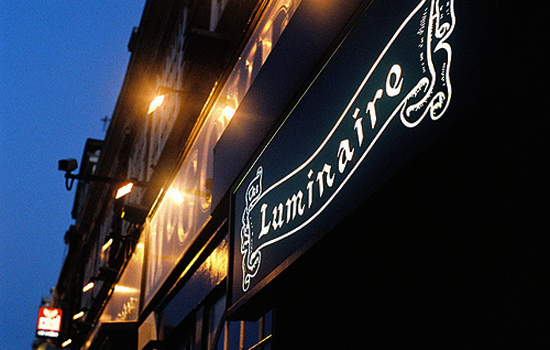
The Luminaire opened on 1st March 2005 in what was a nightclub called Late, above McGovern's Pub and The Kilburn Bar.
Its last public show was in March 2011 before it was turned into student apartments. It was co-founded by John Donnelly, a publican and property developer from Ireland, and Andy Inglis, a Scot and artist manager and hosted gigs from many of the greats - Babyshambles and Jamie T were among the artists who performed in the intimate 300 capacity space.
Read our previous blog with Andy. (Image credit)
The Kiln Theatre
Opposite the Black Lion, the Kiln was previously known as the Tricycle Theatre until new Artistic Director Indhu Rubasingham refurbished and reopened it in April 2018.
This multi-million pound two-year refurb added an extra 60 seats (bringing the theatre's total to nearly 300 seats) and improved access for people with disabilities.
ICMP
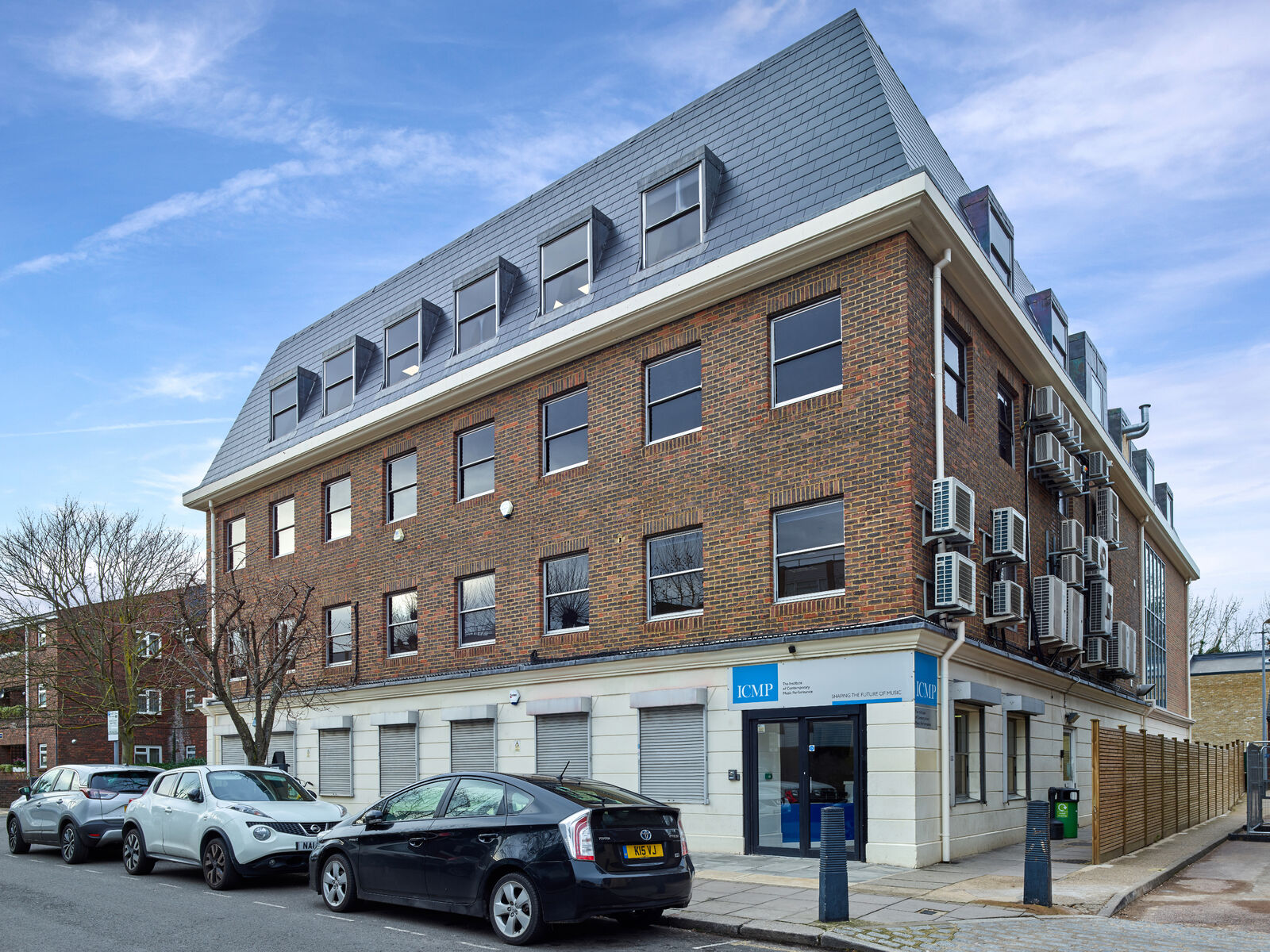
ICMP has been offering courses to aspiring music industry professionals for more than 35 years and can now be found across two campuses - our Dyne Road location next to Kilburn High Road and our newest base in Queen's Park.
We believe our facilities and base offers students the perfect location to launch a successful music industry career and we're proud to be a part of the area's rich musical heritage and history.
Take the first steps in your music career with ICMP
We've been developing and delivering contemporary music education for over 30 years – longer than any other music school in the UK. With a proven track-record, countless music industry connections and unrivalled access to facilities, it's easy to see why hundreds of students choose ICMP each year.
To completely immerse yourself in your music career, chat with our friendly Admissions Team via email enquiries@icmp.ac.uk or give them a call on 020 7328 0222.
Find your course
We've been developing and delivering contemporary music education for over 30 years – longer than any other music school in the UK. With a proven track-record, countless music industry connections and unrivalled access to facilities, it's easy to see why hundreds of students choose ICMP each year.
To completely immerse yourself in your music career, chat with our friendly Admissions Team via email enquiries@icmp.ac.uk or give them a call on 020 7328 0222.


